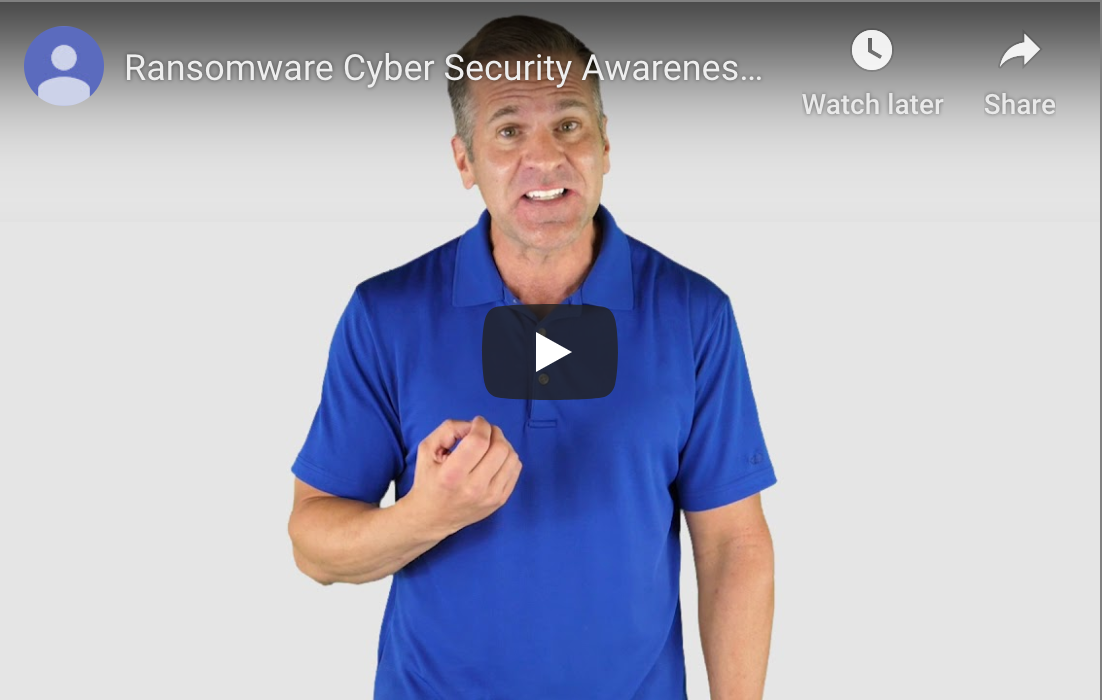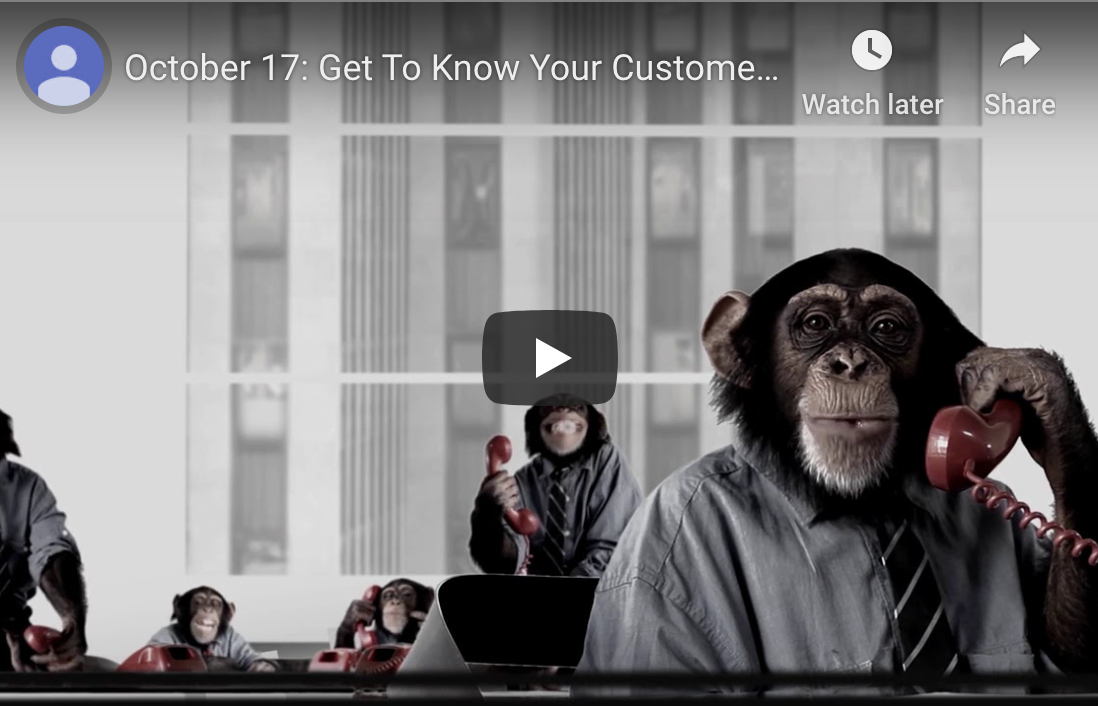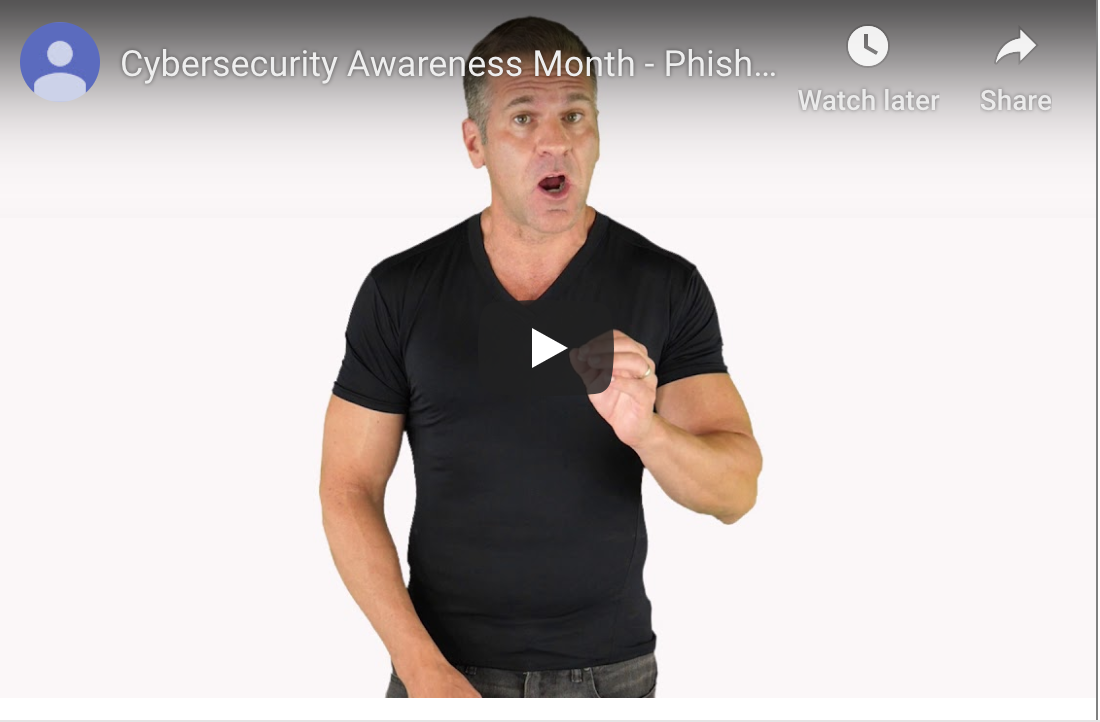Top Ways to Handle the End of Windows 7 in the Healthcare Industry
Microsoft will end its support for Windows 7 soon. Learn how this will affect your healthcare organization and what you can do to prevent security problems.

Between the years 2009 and 2018, 189,945,874 healthcare records were either stolen or exposed because of cybersecurity breaches.
If that sounds like a lot, that’s because it is. In fact, “it equates to more than 59% of the population of the United States,” according to HIPAA Journal. Obviously, among healthcare organizations, cybersecurity has become a serious concern.
And it’s about to get worse.
In only a few months, the operating system that nearly all healthcare organizations in the United States utilize — Windows 7 — will lose support from its manufacturer, Microsoft.
Microsoft calls this the “end-of-life” for Windows 7, and it’s going to happen on January 14, 2020. The change will affect all businesses and individuals who are currently operating the Windows 7 OS, but healthcare organizations are especially at risk. That’s because this loss of support also means that the majority of Windows 7 medical devices will be running an outdated and unprotected version of Windows.
Fortunately, healthcare organizations can make changes now to avoid serious operating system and security problems in January of 2020 We’ll discuss how to transition to Windows 10 (the most up-to-date Microsoft operating system) in a moment. For now, let’s discuss what it really means that Windows 7 is losing support from Microsoft.
What Do “End-of-Life” and “Loss of Support” Really Mean?
“End-of-life” is the term Microsoft specifically uses to define the period when they will no longer provide software support for a specific application or piece of software. It’s the same as “loss of support.”
Both terms mean that “Microsoft will no longer provide the following:
- Technical support for any issues
- Software updates
- Security updates or fixes”
Why Would Continuing to Use Windows 7 Be Bad?
Most of the precautions surrounding Windows 7’s end-of-life revolve around cybersecurity.
Though you may not have realized it, for the past ten years, Microsoft has been constantly working on the security, efficiency, and fluidity of its Windows 7 operating system. The Microsoft team constantly provides updates and upgrades for Windows 7 users. Moreover, it monitors and troubleshoots possible cybersecurity issues, catching issues and breaches before they start.
Often, these patches and updates are keeping you and your healthcare organization from being breached by cybercriminals who would love to steal your money or get their hands on your data and hold it for ransom.
When Microsoft ends their support, this dam they’ve been maintaining goes away, and the influx of cybersecurity troubles may very well be at your doorstep as soon as the first day of the end of support.
How Can You Maintain Security Within your Healthcare Organization as the End-of-Life Day for Windows 7 Nears?
If your healthcare organization is still using Windows 7, you’re safe for now. But it’s time to start the transition to Windows 10 — Microsoft’s latest OS. You’ll want to start this shift as soon as possible as the change can instigate a sizable change in pace for your business and a considerable amount of expenses as well.
A good place to start is with your managed services provider. The designated IT specialists within your healthcare establishment will be able to help you transition smoothly and seamlessly from Windows 7 to Windows 10.








